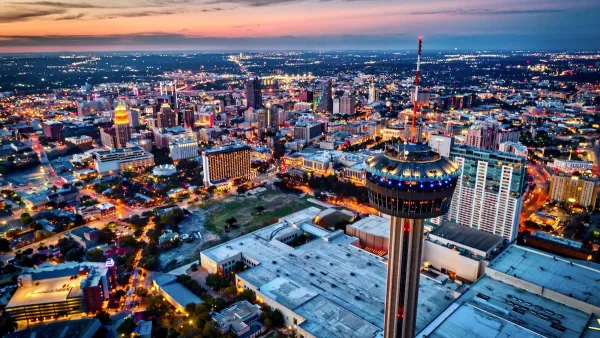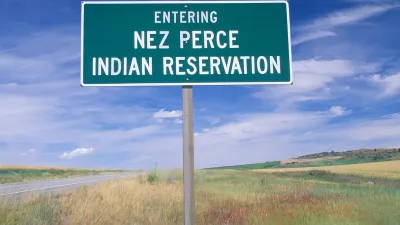After decades of advocacy, the Spirit Lake Nation successfully reclaimed 680 acres of its original treaty land from the U.S. Fish and Wildlife Service, marking a significant step toward healing and future development.

The Spirit Lake Nation has reclaimed 680 acres of land that was originally part of its 1867 treaty territory but had been taken more than a century ago. As reported by Stewart Huntington, the U.S. Fish and Wildlife Service transferred the land on February 10, marking the culmination of decades of advocacy by the tribe. Spirit Lake Chairwoman Lonna Jackson-Street called the return a “significant step towards healing and reconciliation,” expressing gratitude for government partners who supported the effort.
The land had been removed from the tribe’s control in 1905 by President Theodore Roosevelt and later deemed “submarginal” in the 1950s. Although Congress had initiated efforts to return such lands to Native nations, the Fish and Wildlife Service retained this property for hay production to support the buffalo population at White Horse Hill. However, in recent years, the land remained unused, leading to its eventual transfer by the General Services Administration.
The reclaimed land, located within the original reservation boundaries, contains native and medicinal plants that the tribe plans to preserve. While there are no immediate development plans, Spirit Lake leadership is considering using the land for expanded medical facilities and housing. The tribe is also seeking the return of an additional 300 acres from the federal government, remaining hopeful about future land restoration efforts.
FULL STORY: LANDBACK: Spirit Lake Nation regains land from Fish and Wildlife Service

Planetizen Federal Action Tracker
A weekly monitor of how Trump’s orders and actions are impacting planners and planning in America.

Chicago’s Ghost Rails
Just beneath the surface of the modern city lie the remnants of its expansive early 20th-century streetcar system.

San Antonio and Austin are Fusing Into one Massive Megaregion
The region spanning the two central Texas cities is growing fast, posing challenges for local infrastructure and water supplies.

Since Zion's Shuttles Went Electric “The Smog is Gone”
Visitors to Zion National Park can enjoy the canyon via the nation’s first fully electric park shuttle system.

Trump Distributing DOT Safety Funds at 1/10 Rate of Biden
Funds for Safe Streets and other transportation safety and equity programs are being held up by administrative reviews and conflicts with the Trump administration’s priorities.

German Cities Subsidize Taxis for Women Amid Wave of Violence
Free or low-cost taxi rides can help women navigate cities more safely, but critics say the programs don't address the root causes of violence against women.
Urban Design for Planners 1: Software Tools
This six-course series explores essential urban design concepts using open source software and equips planners with the tools they need to participate fully in the urban design process.
Planning for Universal Design
Learn the tools for implementing Universal Design in planning regulations.
planning NEXT
Appalachian Highlands Housing Partners
Mpact (founded as Rail~Volution)
City of Camden Redevelopment Agency
City of Astoria
City of Portland
City of Laramie





























